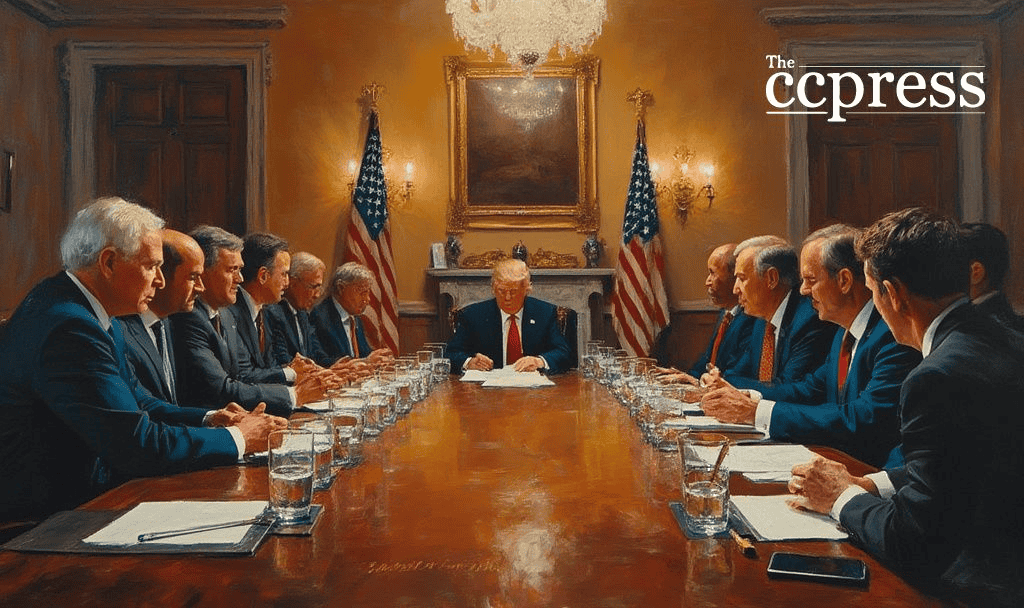- India negotiates trade deal to mitigate U.S. tariffs.
- The move aims to strengthen market access.
- Uncertainty impacts global economic sentiment.

The negotiations between India and the U.S. reflect the strategic importance of trade relations under geopolitical and economic tensions.
India’s leadership
India’s leadership, including Prime Minister Narendra Modi, seeks a new trade agreement with the U.S. led by President Trump. Both nations are addressing tariff impacts to improve economic ties.
Prime Minister Modi and Commerce Minister Goyal are at the forefront, aiming to alleviate impacts of Trump’s 26% tariff. India hopes to secure terms favoring bilateral trade.
The tariff imposed by the U.S. could reduce India’s GDP by up to 40 basis points. Key industries like diamonds risk significant impacts due to their export dependency.
“Reciprocal tariffs aim to rectify what’s described as ‘unfair trade practices’ that have long disadvantaged the U.S. economy,” said Donald Trump, President of the United States.
Financial markets show no immediate volatile reaction in cryptocurrencies, while traditional markets watch cautiously. Effects on global trade dynamics remain pertinent.
Previous tariff tensions like those between the U.S. and China have often caused market fluctuations, sometimes leading to Bitcoin’s use as a “safe haven”.
